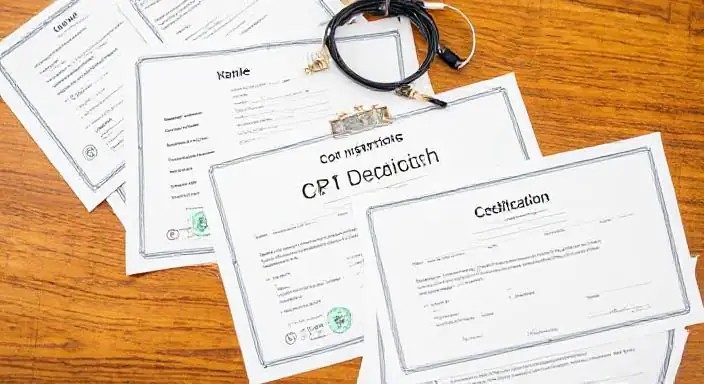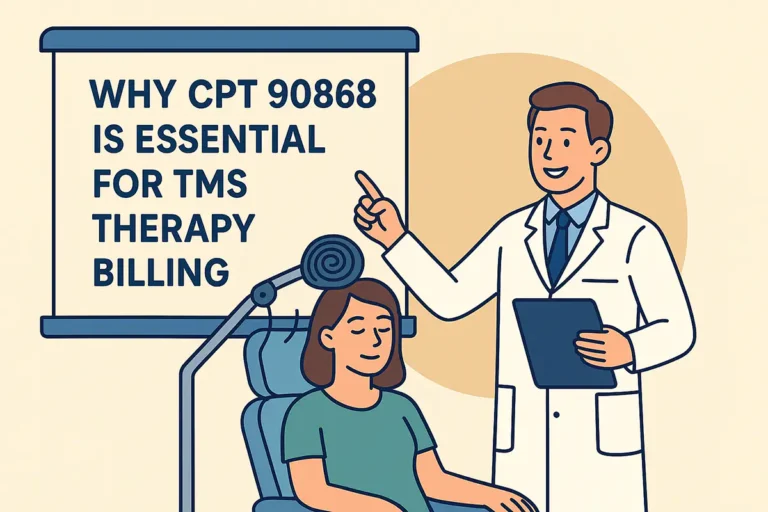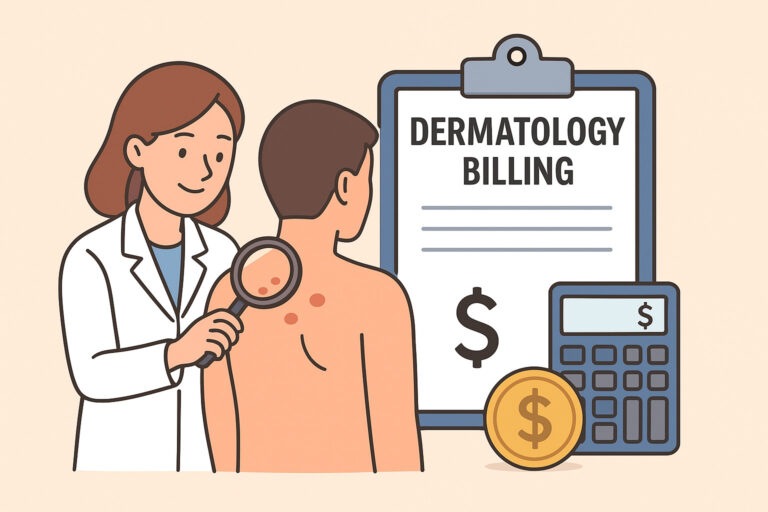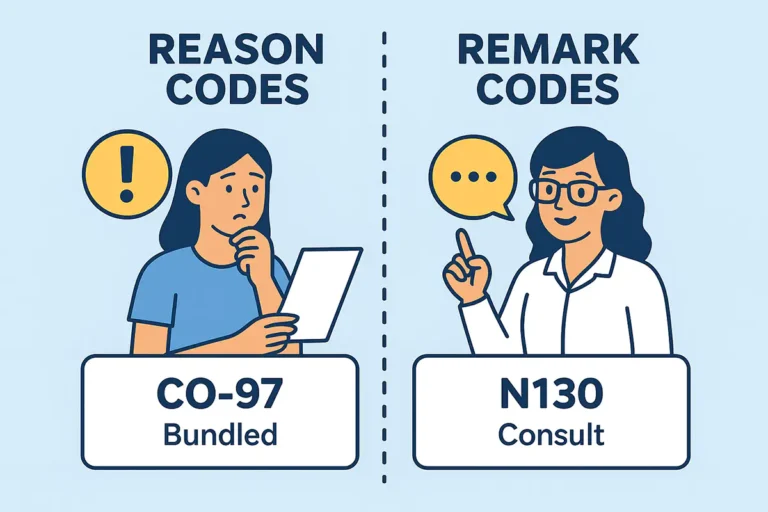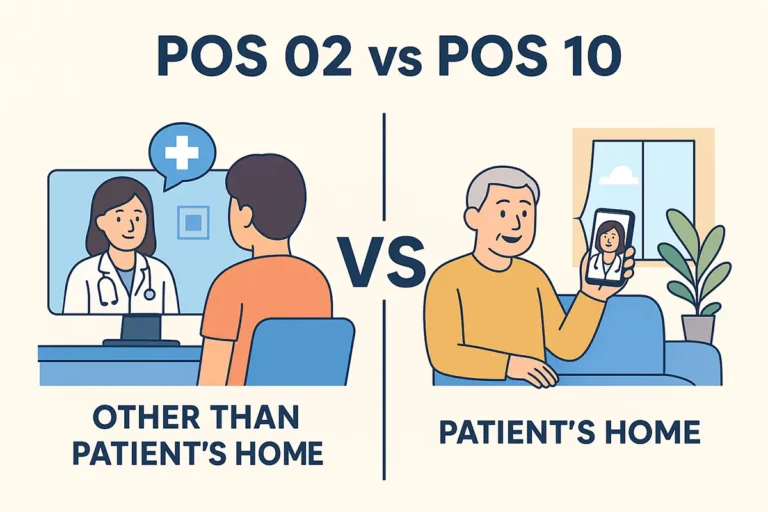Introduction
Credentialing is a crucial procedure used to verify the qualifications, experience, and professional background of healthcare providers. This process includes reviewing a provider’s education, training, licenses, board certifications, work history, and any records of disciplinary actions. The primary objective of credentialing is to ensure that healthcare professionals meet established standards and can provide safe and effective care to patients.
Credentialing is essential for various healthcare providers, including physicians, nurses, therapists, and allied health professionals. It is typically conducted by hospitals, insurance companies, and other healthcare organizations to confirm that only competent individuals are authorized to provide medical services.
Types of Credentialing
Credentialing processes can vary depending on specific circumstances and requirements. The primary types of credentialing include:
- Initial Credentialing: This occurs when a healthcare provider applies for the first time to join a healthcare organization or network. A comprehensive review of their qualifications and background is conducted.
- Re-Credentialing: Most healthcare organizations require re-credentialing at regular intervals, typically every two to three years, to ensure providers maintain their qualifications and meet necessary standards over time.
- Privileging: This process grants healthcare providers specific clinical responsibilities based on their verified skills and expertise. For example, a surgeon may receive privileges to perform particular procedures in line with their training and experience.
The Credentialing Process
The credentialing process typically involves several critical steps:
- Application Submission: Providers initiate the process by submitting an application containing detailed information about their education, training, work experience, and certifications.
- Information Verification: The organization verifies the details provided by contacting educational institutions, licensing boards, and certifying bodies to confirm credentials.
- Background Checks: A thorough background check is conducted to identify any issues that might impact the provider’s ability to deliver care. This includes reviewing malpractice claims, criminal records, and disciplinary actions.
- Reference Checks: Professional references from colleagues or supervisors are requested to provide insights into the provider’s skills, professionalism, and work ethic.
- Credentialing Committee Review: A credentialing committee, consisting of experienced healthcare professionals, reviews the application and supporting documents to assess whether the provider meets the organization’s standards.
- Approval or Denial: Based on the committee’s evaluation, the provider is either approved or denied. If approved, they are authorized to deliver services within the organization or network.
- Ongoing Monitoring: Credentialing is an ongoing process. Even after approval, healthcare organizations continuously monitor providers to ensure their credentials remain valid, including tracking license renewals and any new disciplinary actions.
Challenges in Credentialing
While credentialing is vital for maintaining quality healthcare, it can present several challenges:
- Lengthy Credentialing Process: Due to rigorous verification requirements, the credentialing process can take a significant amount of time, potentially delaying patient care.
- Regulatory Complexity: Navigating various state and federal credentialing regulations can be complex and time-consuming for both healthcare providers and organizations.
- Data Management Challenges: Tracking credentials for multiple providers can be difficult without robust data management systems.
- Financial Impact: The cumulative costs of background checks and credential verifications can become a financial burden for healthcare organizations.
Importance of Credentialing in Medical Billing
Credentialing plays a critical role in medical billing and reimbursement processes:
- Ensuring Patient Safety: Credentialing confirms that patients receive care from qualified and competent professionals, reducing the risk of errors and improving patient outcomes.
- Insurance Reimbursement Eligibility: Many insurance providers require credentialing before claims can be submitted. Without proper credentialing, claims may be delayed or denied, affecting the financial stability of a practice.
- Regulatory Compliance: Credentialing ensures that healthcare organizations comply with state and federal regulations, which is essential for maintaining necessary licenses and certifications.
- Maintaining Quality Standards: Thorough credentialing helps organizations uphold high standards of care, contributing to improved service delivery and strengthening their reputation.
Conclusion
Credentialing is a fundamental process in the healthcare industry that ensures providers meet the necessary qualifications and professional standards. While it can be complex and time-consuming, effective credentialing is essential for patient safety, regulatory compliance, and financial stability. By implementing best practices and leveraging efficient credentialing systems, healthcare organizations can enhance service quality and maintain the integrity of their medical services.

